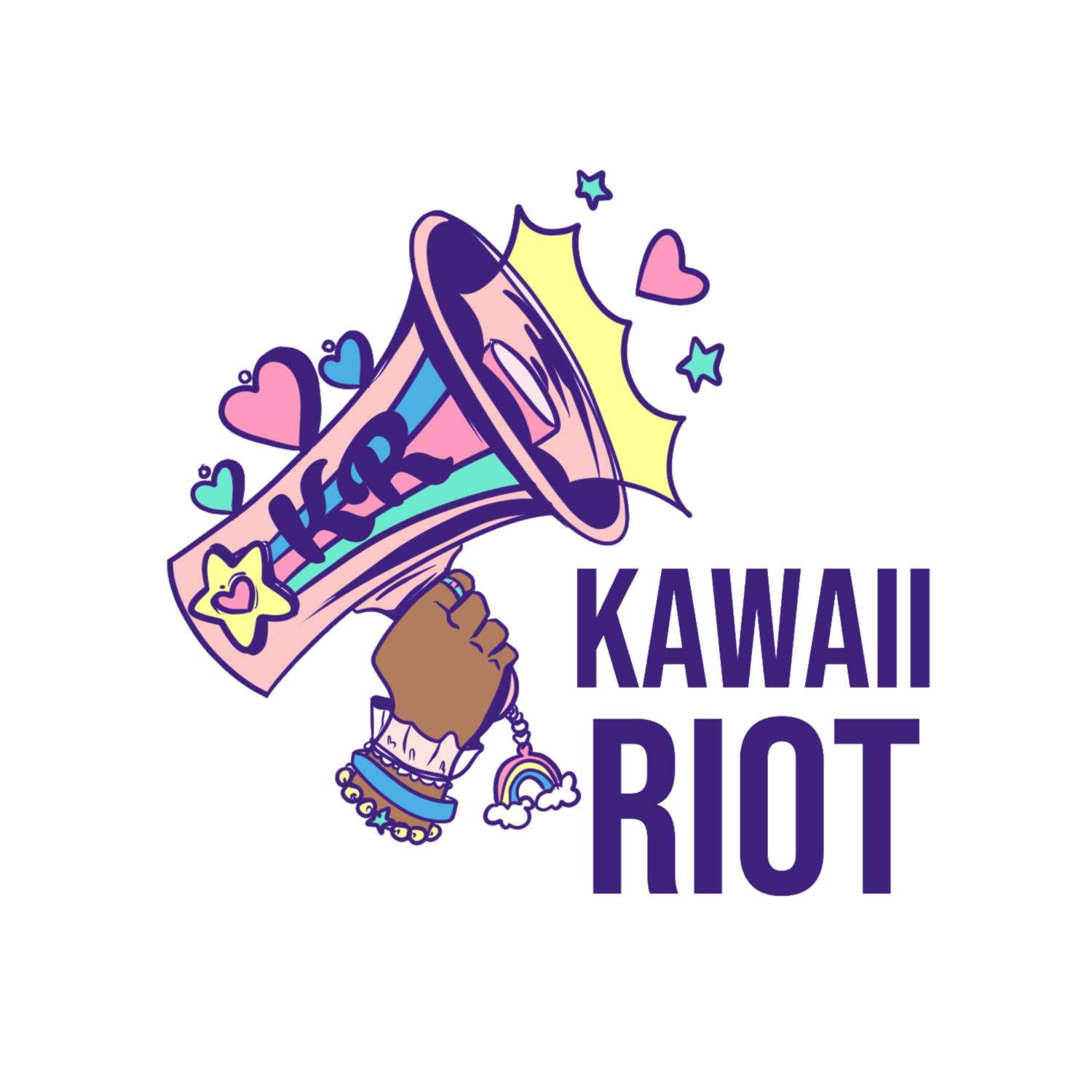Kawaii Riot 101: Ableism
What Is Ableism?
Ableism is the discrimination of people with disabilities. This can include people with invisible disabilities or mental illnesses. Like racism and other forms of discrimination, ableism has a long history. It still occurs today in all parts of society and impacts the quality of people’s lives, which is why we should do something about it.
People with disabilities deserve to fully participate in society and make their own decisions about their lives. There’s so much that each of us can do to combat ableism on the daily. Let’s learn more about what ableism looks like so we can build a more accessible and inclusive society.
What Are the Different Types of Ableism?
Institutional Ableism
Institutional ableism refers to how our society has been built upon norms that are harmful towards disabled people.
Due to discrimination, people with disabilities have been confined to mental asylums, hospitals, and other poor living conditions for hundreds of years. They were also victimized by the government during the eugenics movement and Holocaust.
Can you believe that before the Americans with Disabilities Act (ADA) was enacted in 1990, US public areas were not required to be accessible for people with disabilities? This meant that a school could refuse to provide accommodations for disabled students. People using wheelchairs were unable to ride public transportation due to its inaccessibility.
Despite the enactment of better laws and more awareness, the roots of ableism still run deep. Today, there are many parts of our society that continue to exclude people with disabilities. Here are some examples of institutional ableism that we should challenge:
Inaccessible buildings, events, or services.
Discrimination against people with disabilities in workplaces and schools.
Societal beliefs that promote negative impressions of people with disabilities.
Regulations that restrict the independence of people with disabilities.
Interpersonal Ableism
Interpersonal ableism occurs in people’s direct interactions with each other.
People who discriminate against people with disabilities often do so with ill intentions. But did you know that ableist words and actions can be unintentional too? Here’s an example: a caretaker who thinks they are being helpful by making medical decisions for someone is wrongly assuming that all disabled people can’t make their own decisions.
Chances are that we’ve all used ableist language or thinking before. Once we start training ourselves to look out for it, it becomes easier to call it out. Scenarios can include:
Making an intended compliment or joke that actually looks down on people with disabilities (also known as a microaggression).
Deliberately using person-first language (“people with disabilities”) to refer to someone who has made it clear that they prefer identity-first language (“autistic person”).
Downplaying someone’s disability just because it isn’t visible at first.
Ignoring a disabled person’s freedom to make their own decisions.
Bullying or committing violence against people with disabilities.
Internalized Ableism
By now, we’ve read many examples of ableism that occur in our everyday lives. There is also another form of ableism that disabled people often experience in their own minds.
Internalized ableism is a disabled person’s learned acceptance of the societal stereotypes about themselves. It often results in feelings of negativity and poor mental health. Adapting to living with a disability can also be a difficult emotional transition.
If you’re living with a disability and are feeling this way, this isn’t your fault. After all, it’s hard to feel good about yourself when society is constantly ignoring you or seeing you as disposable.
Internalized ableism can occur in many forms:
Feeling ashamed of your disability or wishing you could live without it.
Feeling disappointed with yourself for not being able to pursue the same opportunities or have the same level of productivity as other people.
Feeling overwhelmed by societal expectations.
Lack of confidence when pursuing things you have an interest in.
How Can We Start Combating Ableism Today?
It’s aggravating that ableism occurs on so many levels in our lives. But that also means that there are many chances for us to stop it. Here are some ways to start:
Respect people with disabilities and their decisions.
Double-check our own actions, words, and even thoughts.
Call out ableism when it happens and make it clear that it’s not ok.
Promote accessibility in communities, workplaces, schools, hospitals, and other places.
Hold organizations and politicians accountable.
Fight for an inclusive society that offers respect, safety, accessibility, fair compensation, and opportunities for full participation for everyone.
Visit our page on disability justice to learn how you can support organizations that are working hard to eliminate institutional, societal, and physical barriers for marginalized communities. They are led by people with disabilities who understand the importance of enacting change that still respects people’s autonomy.
Works Cited
Ableism and Disability History. (n.d.). Retrieved from https://flexforward.pressbooks.com/chapter/ableism-and-disability-history/
Ableism. (n.d.). Retrieved from http://www.yodisabledproud.org/resources/docs/fact_sheet_ableism-RevB.pdf
Disability History: Early and Shifting Attitudes of Treatment. (n.d.). Retrieved from https://www.nps.gov/articles/disabilityhistoryearlytreatment.htm
Lombard, S. (2018, July 30). 8 ways in which the Americans with Disabilities Act changed everyone's lives. Retrieved from https://americanhistory.si.edu/blog/8-ways-which-americans-disabilities-act-changed-everyones-lives




